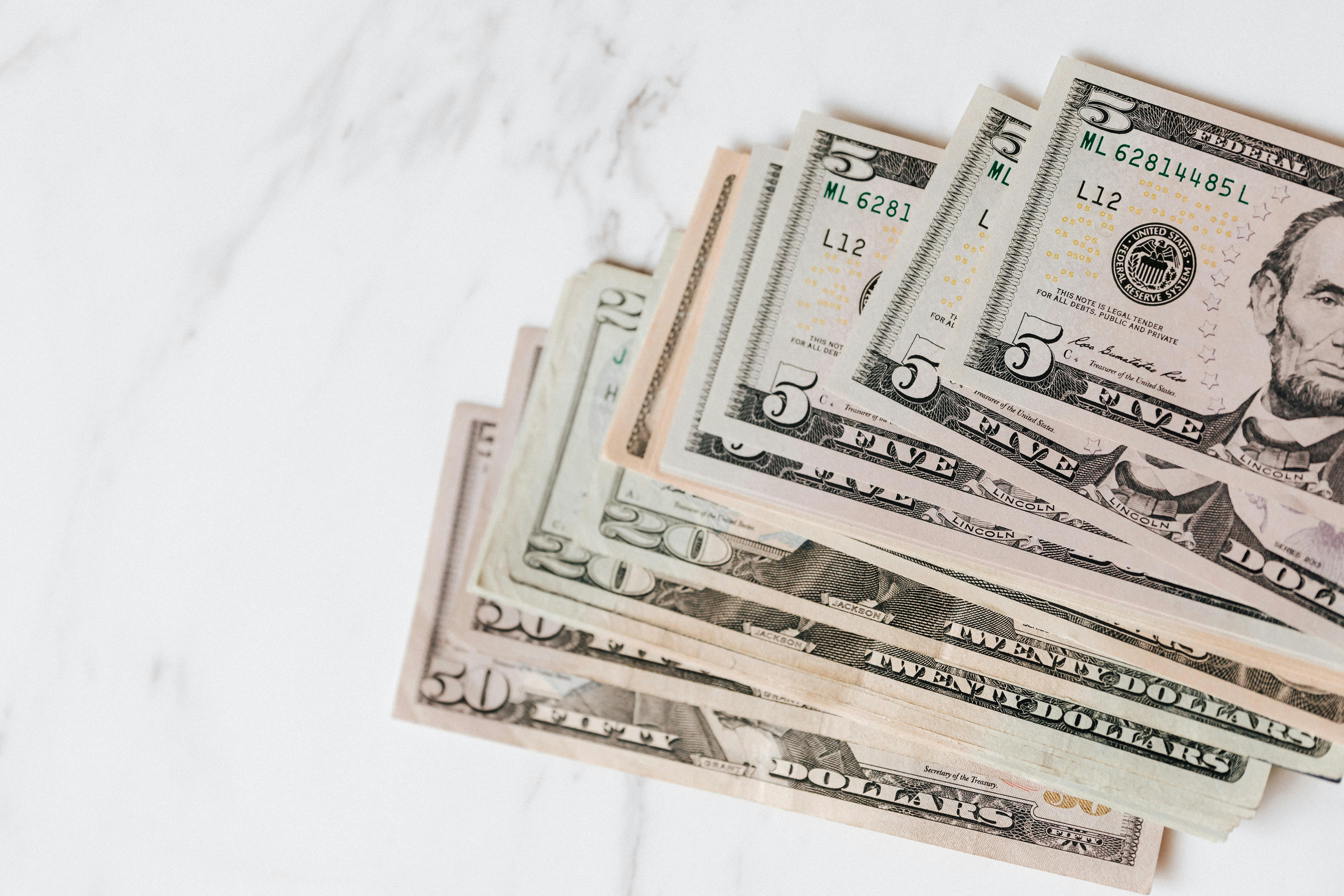CPC/PPC advertising: when to use it and some quick math tips for converting to a CPM measure

CPC (Cost Per Click) or PPC (Pay Per Click) are terms used for a particular form of advertising that has been very popular in the online market for the last 10 years. What these terms refer to is a form of advertising in which the advertiser is only charged per click, with the price charged per click predetermined or on a sliding scale that you agree with the publisher or ad network. Example: You can buy a certain category of advertising, like restaurants, and pay $0.50 per click, or you can use an online auction (like AdSense does) and pay a certain range, say $0.25-$0.50.
This is called the online auction pricing style, and what you pay directly affects your positioning on the page. The more you pay relative to other advertisers, the better your position or higher up the page you will appear. Example: You pay the high end of the rank and appear at the top of a search engine results. The rank you’re willing to pay also affects how often your ad is likely to appear, so you may find that for popular categories, if you don’t pay a high enough rank, it may not appear at all, as that other advertisers won’t. -offer you.
PPC advertising is useful for a specific type of advertiser: a business that is only interested in paying for leads, an advertiser that is more focused on ROI (Return on Investment). This is different than a brand advertiser, who doesn’t care so much how many people click on the ad but how many people see the ad. For a brand advertiser, having to compete per click and pay a high price per click doesn’t make sense; I’d rather buy ad impressions based on CPM, which ends up being more affordable in most cases.
Examples of advertisers for whom PPC advertising makes sense are small businesses, companies with websites that sell products, or companies where potential customers can quickly become long-term customers or have higher profitability. For a restaurant, paying $1 per click might make sense if a certain percentage of those people end up coming to the restaurant and spending $40 on average; from your point of view, you might even end up with a customer spending hundreds or thousands. of dollars with them over their lifetime, making a $1 CPM a very affordable proposition for your marketing efforts.
Finally, if as a small business you are looking for different types of advertising in the market, you may come across the option of pay per click or pay per thousand impressions (CPM). Because of this, it’s important to be able to measure your CPC/PPC efforts and be able to convert that into a CPM or ECPM number (effective CPM).
This is how this is done:
Let’s say you paid $20 in a month for 100 clicks at an average of $0.20 per click, and your ad was shown 10,000 times. So divide the revenue by the number of thousands, and this will give you your CPM or ECPM. In this example, $20/(10,000 X 0.001) = $2 ECPM. It’s not a bad rate, but you can play with the numbers to see what it would be if you paid more per click (CPM would go up) or your ad would show more often at the same price (CPM would go up). down).